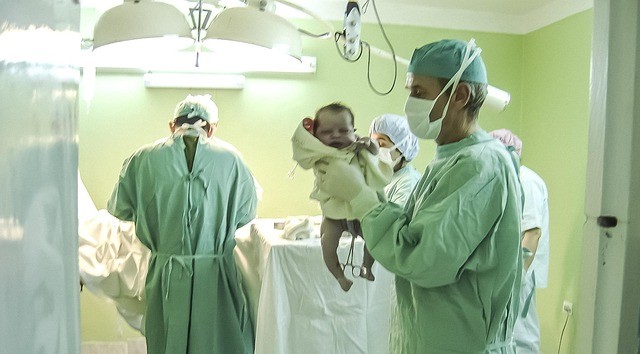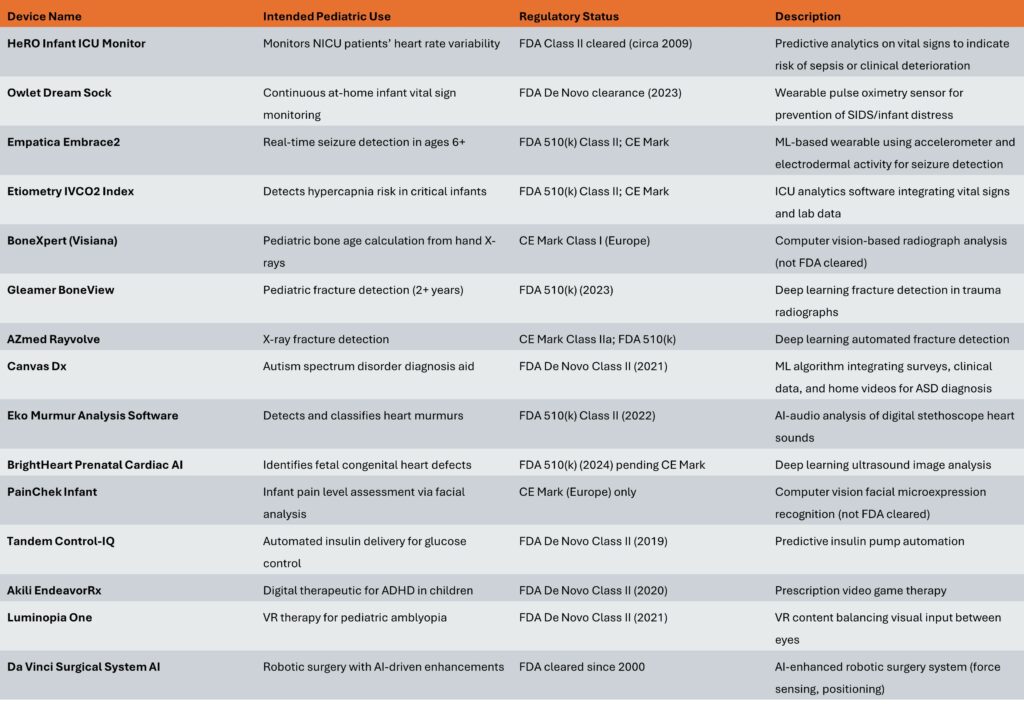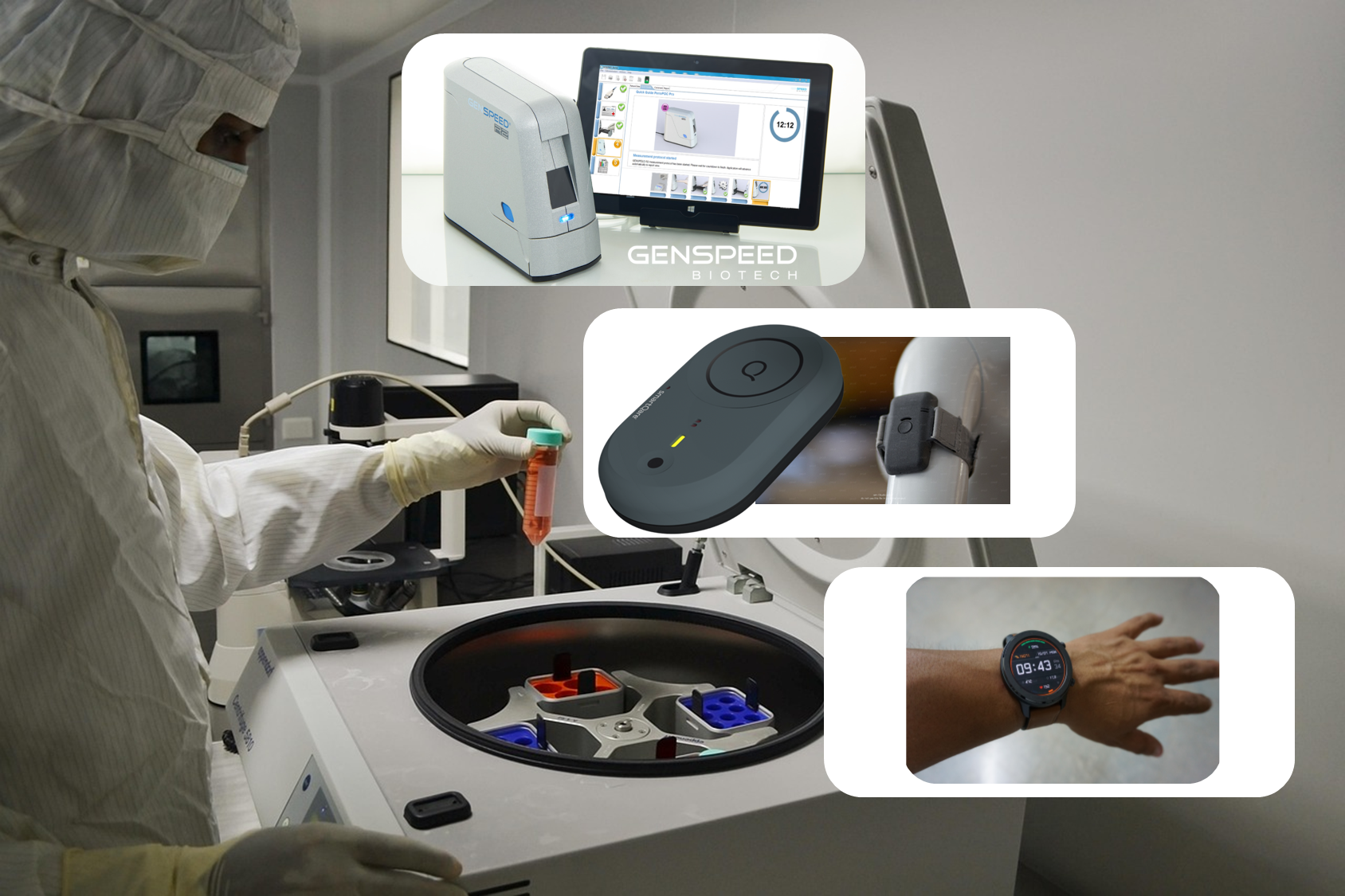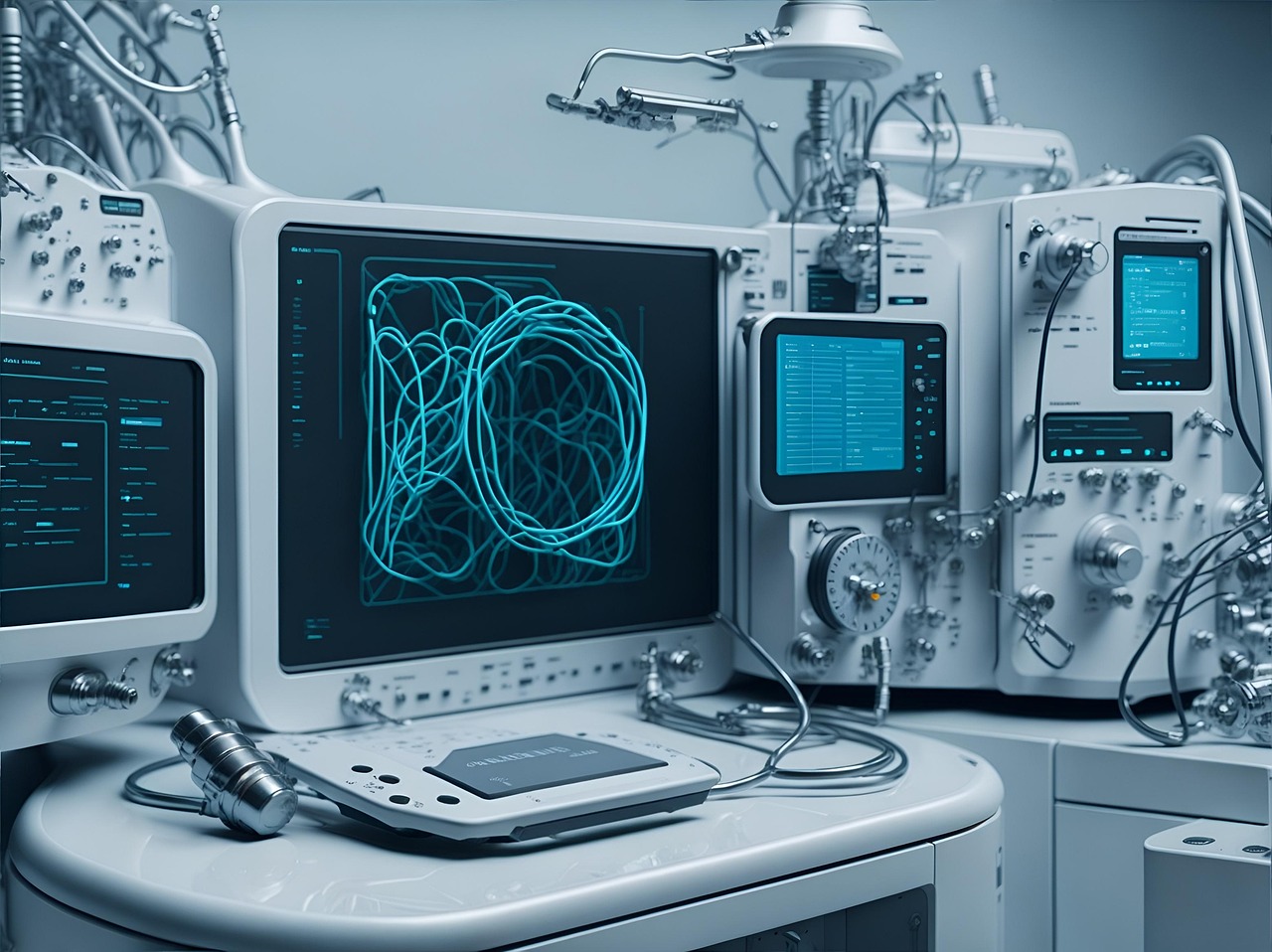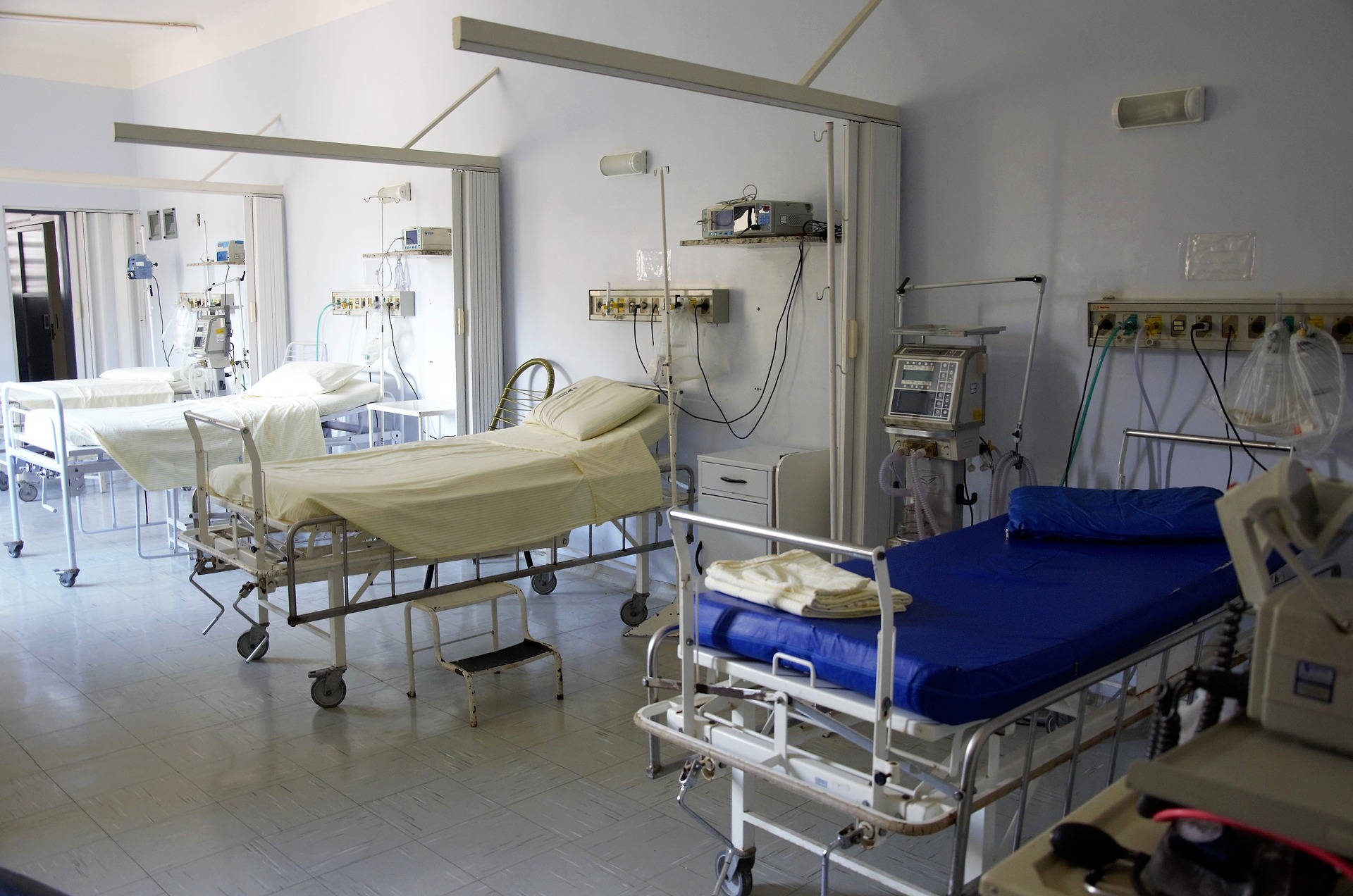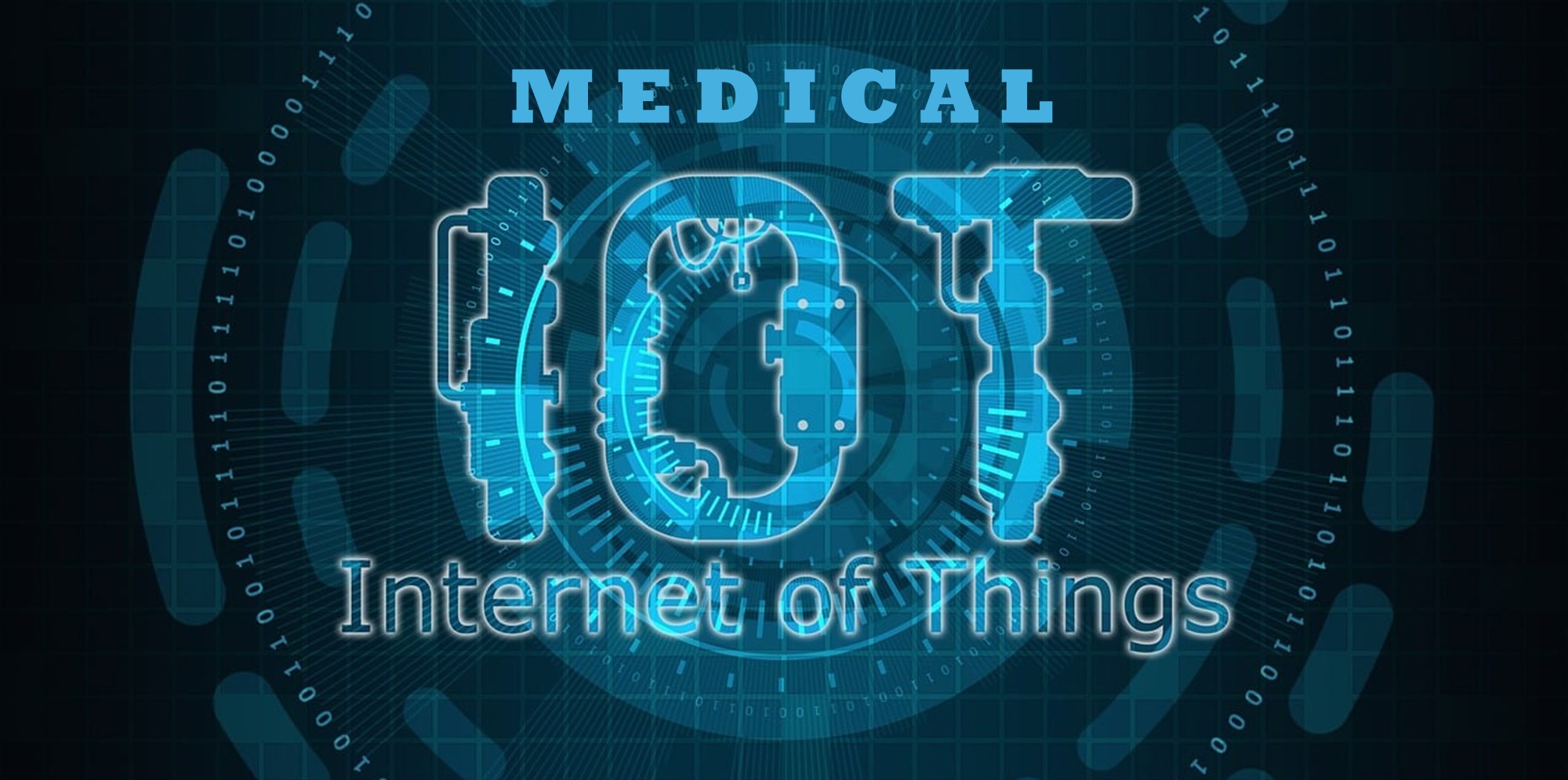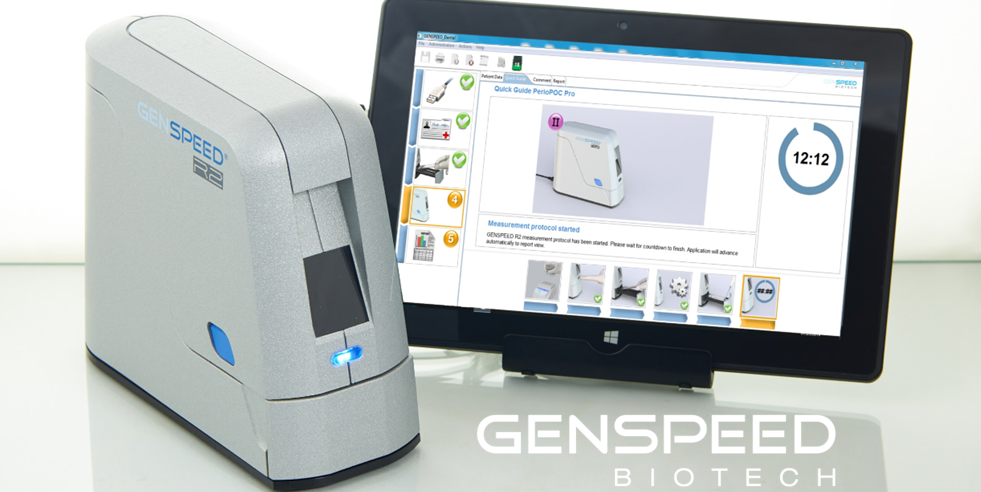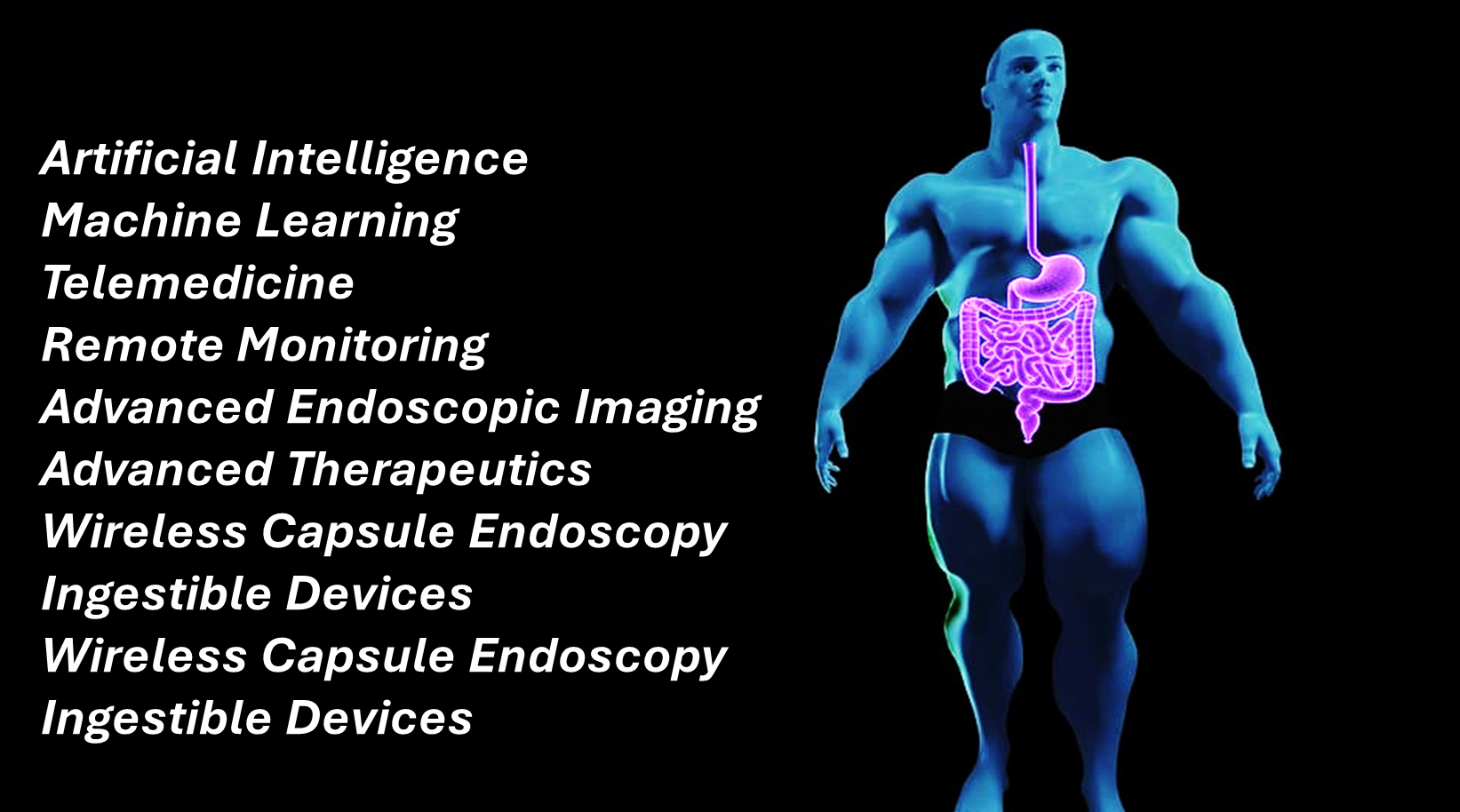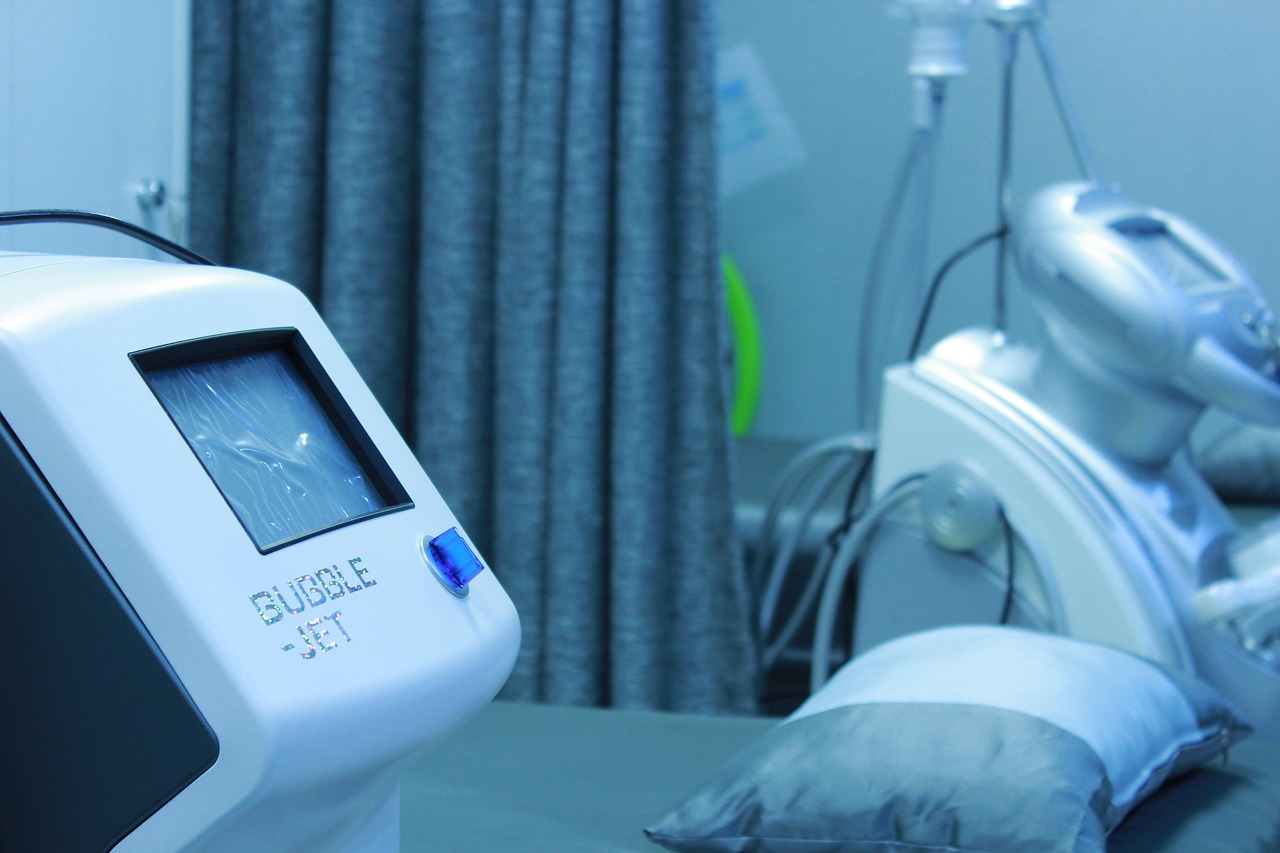Recent advances in sustainability in hospitals focus on several key areas including energy efficiency, renewable energy adoption, waste reduction, sustainable procurement, and innovative technologies that reduce environmental impact while maintaining healthcare quality.
Some insight:
- Overview
- How hospitals cut emissions with energy upgrades
- Sustainable procurement policies for medical supplies
- Metrics to track hospital sustainability performance
- Advantages for Hospitals to suppliers to HealthTech providers to implement Sustainability
Overview
Energy Efficiency and Renewable Energy
Hospitals are implementing modern building technologies such as LED lighting, energy-saving ventilation, and intelligent heating controls to reduce energy consumption. Many institutions are integrating renewable energy sources like solar and wind power, with some large hospital groups installing extensive photovoltaic systems to generate significant portions of their electricity on-site. These measures help reduce reliance on fossil fuels and lower carbon emissions.
Waste Management and Chemical Reduction
Hospitals are major waste producers, and innovations focus on optimizing waste separation, increasing recycling rates, and minimizing the use of disposable materials. Projects are underway to digitize waste and resource management of medical products to reduce single-use items. Particular attention is given to minimizing harmful chemical use by switching to environmentally friendly and biodegradable disinfectants, adopting digital radiography in radiology to avoid chemical-heavy processes, and reducing greenhouse gas emissions from anesthetics by substituting more damaging agents with less harmful alternatives and improving anesthesia techniques.
Sustainable Procurement and Medical Device Innovations
Hospitals are pursuing sustainable procurement strategies to source eco-friendly medical supplies and devices that are recyclable, reusable, or biodegradable. Medical device manufacturers are also innovating eco-friendly alternatives designed for longevity and reduced environmental impact throughout their lifecycle.
Climate Resilience and Healthcare System Adaptation
New guidelines and frameworks by organizations like the WHO emphasize building climate-resilient and environmentally sustainable healthcare facilities. These include integrating sustainability into health infrastructure, energy use, water management, and waste protocols to ensure hospitals can adapt to climate change impacts while reducing their environmental footprint.
Use of AI and digital tools is contributing to hospital sustainability by optimizing resource use, reducing energy consumption in critical areas like operating rooms, and improving overall hospital operational efficiency.
In summary,
progress in hospital sustainability is multifaceted, combining infrastructure upgrades, waste and chemical reduction, sustainable supply chains, climate adaptation strategies, and digital innovations to reduce environmental impact and contribute to healthier communities.
How hospitals cut emissions with energy upgrades
Hospitals cut emissions with energy upgrades primarily by implementing energy-efficient technologies, integrating renewable energy sources, and optimizing infrastructure for reduced energy consumption.
Hospitals are widely replacing old lighting with energy-efficient LED systems, which can significantly cut electricity use. For example, the St George’s, Epsom, and St Helier University Hospitals replaced 45,000 fittings with LEDs, saving energy costs and cutting 60 tons of carbon emissions annually. Smart energy management and real-time environmental monitoring systems in operating rooms are also reducing energy use by up to 25%.
Many hospitals install solar photovoltaic (PV) panels to generate electricity onsite, reducing reliance on fossil fuel-based grid power. The MEDIAN Group of Clinics added solar modules generating about 13,000 MWh of renewable energy across 130 facilities, with 80% used directly onsite. Combined heat and power (CHP) plants also supply both electricity and heat efficiently, as seen in Wexham Park Hospital, which cut emissions by 1,621 tons annually and saved £475,000 in energy costs.
Hospitals upgrade heating, ventilation, and air conditioning (HVAC) systems to heat recovery models and add intelligent building automation. These include sensors controlling lighting, heating, and ventilation based on occupancy and environmental conditions, minimizing wasteful energy use. Design choices like maximizing natural light and ventilation also contribute to emission reductions.
In summary,
by combining LED lighting, renewable energy adoption, smart monitoring, and infrastructure retrofits, hospitals reduce carbon emissions substantially, save costs, and maintain high standards of patient care.
Sustainable procurement policies for medical supplies
Sustainable procurement policies for medical supplies in hospitals emphasize sourcing products that minimize environmental impact while ensuring patient safety and compliance. These policies align with hospital ESG commitments and aim to reduce greenhouse gas emissions, waste, and hazardous chemicals throughout the supply chain.
Key Elements of Sustainable Procurement Policies
Strategy Alignment: Policies integrate with organizational goals and sustainability priorities, addressing environmental, social, and economic dimensions in procurement decisions. This includes reducing GHG emissions, eliminating single-use plastics, and substituting hazardous substances with safer alternatives.
Supplier Selection: Hospitals prioritize suppliers with verified sustainable practices and certifications, encouraging transparency and improvements in environmental performance across the supply chain. This includes requiring documentation for ESG analyses and compliance with circular economy principles where applicable.
Product Criteria: Sustainable purchasing targets products that are recyclable, reusable, biodegradable, or have a reduced carbon footprint. Specific medical supply tenders may incorporate criteria on chemical safety, product lifecycle, and waste reduction.
Monitoring and Reporting: Implementation includes ongoing monitoring of procurement impacts through tracking frameworks and reporting aligned to sustainability metrics and regulations such as CSRD in Europe.
Challenges and Considerations: Medical devices and supplies have unique safety and regulatory requirements, sometimes limiting use of regenerated or recycled materials for patient safety, requiring careful balance in policy design.
Sustainable procurement also connects to broader supply chain sustainability initiatives, such as optimized logistics, sustainable packaging, and waste management to minimize environmental impacts from production through disposal.
In summary,
sustainable procurement policies for medical supplies involve embedding sustainability in supplier selection, product criteria, and supply chain management while ensuring patient safety and regulatory compliance, supported by clear strategies and monitoring frameworks in hospitals.
Metrics to track hospital sustainability performance
Hospitals track sustainability performance using a range of environmental key performance indicators (EKPIs) across six main domains:
- energy management,
- waste management,
- water consumption,
- greenhouse gas emissions,
- transportation and mobility,
- and site sustainability.
A unified framework proposes about 18 specific EKPIs to comprehensively monitor and improve hospital sustainability.
Key Metrics to Track Hospital Sustainability
Energy Management: Total energy consumption (kWh), percentage of renewable energy use, energy intensity per patient or square meter, and reductions in energy consumption over time.
Waste Management: Total waste generated, recycling rates, hazardous waste volume, and waste diversion rates from landfill.
Water Consumption: Total water use, water use intensity per patient or square meter, and water-saving initiatives’ impact.
Greenhouse Gas Emissions: Total carbon footprint including Scope 1, 2, and 3 emissions, intensity per patient or service unit, and emission reduction progress.
Transportation and Mobility: Employee and patient transportation emissions, percentage use of sustainable transport modes, and policies promoting green commuting.
Site Sustainability: Sustainable building certifications (e.g., LEED), green space availability, and biodiversity initiatives.
Other Important Indicators
Metrics focusing on pharmaceutical pollution, chemical usage, and health-damaging pollutants help identify and mitigate environmental harm specific to healthcare.
Composite indices combining multiple dimensions of environmental impacts are being developed to simplify reporting and benchmarking.
Cost-effectiveness and economic sustainability metrics complement the environmental indicators, tracking how sustainable practices affect hospital finances and long-term viability.
In practice,
these metrics allow hospitals to establish baselines, set SMART sustainability goals, monitor progress, and report transparently to stakeholders, enabling continuous environmental performance improvement aligned with hospital priorities.
Which advantages have companies to implement Sustainability in HealthTech and Healthcare from Hospitals to suppliers to HealthTech providers?
Companies implementing sustainability in HealthTech and healthcare—from hospitals to suppliers to HealthTech providers—gain multiple strategic advantages:
Environmental Responsibility and Compliance: Sustainability aligns companies with stricter environmental regulations and societal expectations, reducing legal and reputational risks as sustainability moves from optional to core responsibility in healthcare technology.
Cost Reduction and Efficiency: Sustainable healthcare practices reduce energy consumption, waste, and operational costs through better resource management, circular economy principles, and energy-efficient technologies.
Innovation and Market Competitiveness: Integrating sustainability catalyzes innovation such as energy-efficient medical devices, biodegradable materials, AI-driven diagnostics, and supply chain transparency, which improve products and patient outcomes while differentiating companies in a competitive market.
Supply Chain Resilience: Collaboration with sustainability-focused suppliers and transparency initiatives optimize supply chains, ensuring ethical sourcing, cutting carbon emissions, and mitigating risks related to environmental impacts.
Enhanced Patient Care and System Outcomes: Sustainable health technology like AI prevention tools, telehealth, and smart hospital systems improve patient outcomes, reduce hospital visits, and optimize facility resource use.
Positive Brand and Stakeholder Impact: Companies promoting sustainability see improved patient satisfaction, faster throughput, stronger partnerships, and greater investor appeal, supporting long-term financial resilience.
In summary,
sustainability implementation in HealthTech and healthcare integrates business value with environmental and social benefits, enabling companies to innovate responsibly, reduce costs, comply with evolving regulations, and improve healthcare delivery in a more resource-conscious manner.
SOURCES & LINKS
https://www.frontiersin.org/journals/public-health/articles/10.3389/fpubh.2025.1559132/full
https://www.getnelly.de/en/blog/nachhaltigkeit-im-krankenhaus
https://www.hantshealthcarelibrary.nhs.uk/assets/files/Sustainability bulletin August 2025.pdf
https://journals.sagepub.com/doi/10.1177/21582440251357033?icid=int.sj-full-text.similar-articles.8
https://www.sciencedirect.com/science/article/pii/S240584402409217X
https://www.sciencedirect.com/science/article/pii/S2666188825003491
https://annali-igiene.it/articoli/2025/online_ahead_of_print/5/Dolcini.pdf
https://pmc.ncbi.nlm.nih.gov/articles/PMC11091237
https://www.dbth.nhs.uk/wp-content/uploads/2017/09/Sustainability-bulletin-July-2025.pdf
https://www.karolinskahospital.com/news/six-sustainable-advances-at-karolinska
https://www.hantshealthcarelibrary.nhs.uk/assets/files/Sustainability bulletin March 2025.pdf
https://us.noharm.org/news/3-health-care-sustainability-trends-follow-2025
https://buildingbetterhealthcare.com/how-health-tech-companies-can-align-innovation-with
https://www.ghx.com/the-healthcare-hub/healthcare-supply-chain-sustainability-guide
https://humansofglobe.com/importance-of-sustainability-in-healthcare
https://pmc.ncbi.nlm.nih.gov/articles/PMC7591295
https://www.abhi.org.uk/media/vitf3ew1/sustainability-paper-02.pdf
https://www.sciencedirect.com/science/article/pii/S240584402409217X

